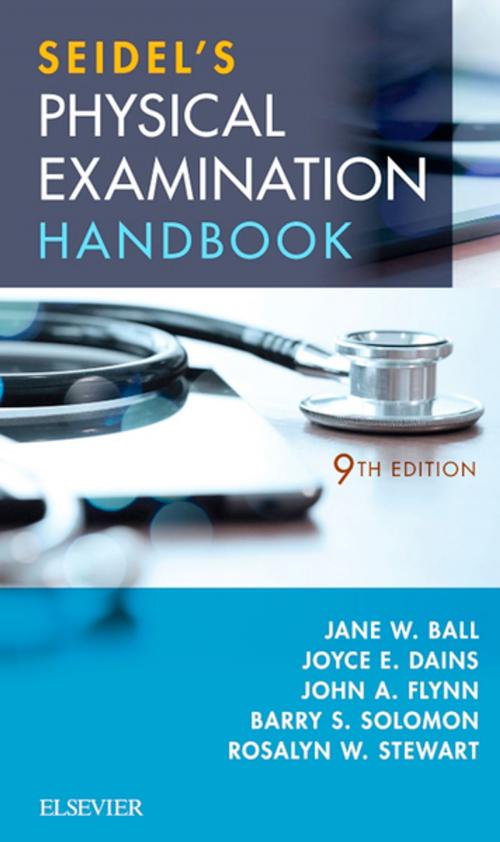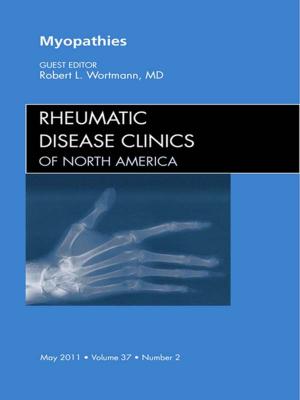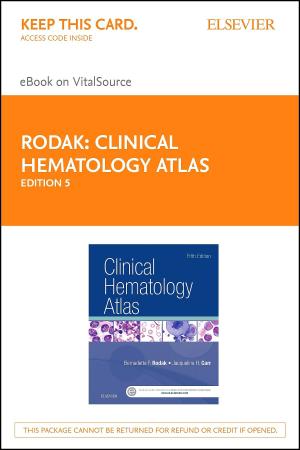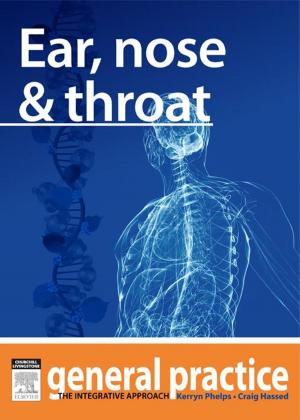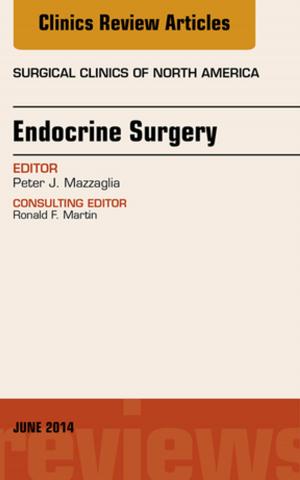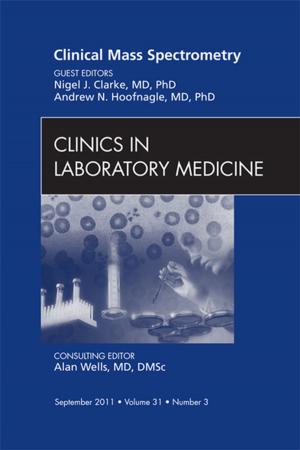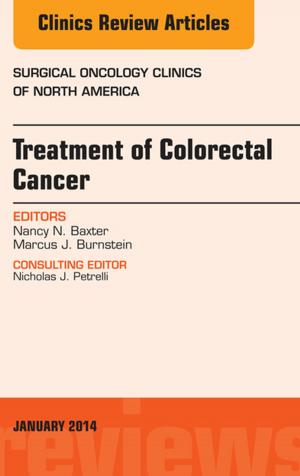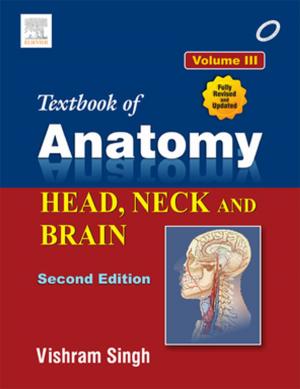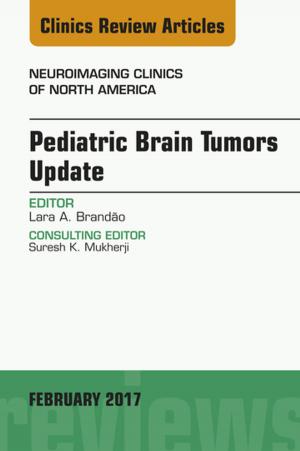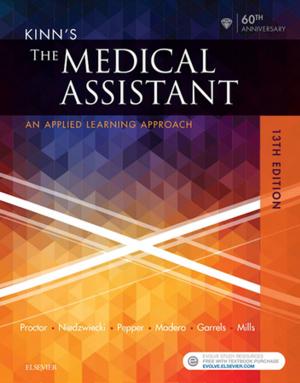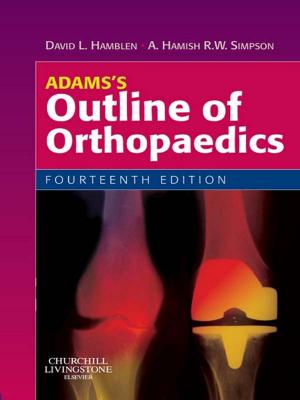Seidel's Physical Examination Handbook - E-Book
An Interprofessional Approach
Nonfiction, Health & Well Being, Medical, Nursing, Assessment & Diagnosis| Author: | Jane W. Ball, RN, DrPH, CPNP, Joyce E. Dains, DrPH, JD, RN, FNP-BC, FNAP, FAANP, John A. Flynn, MD, MBA, MEd, Barry S. Solomon, MD, MPH, Rosalyn W. Stewart, MD, MS, MBA | ISBN: | 9780323545297 |
| Publisher: | Elsevier Health Sciences | Publication: | November 30, 2017 |
| Imprint: | Mosby | Language: | English |
| Author: | Jane W. Ball, RN, DrPH, CPNP, Joyce E. Dains, DrPH, JD, RN, FNP-BC, FNAP, FAANP, John A. Flynn, MD, MBA, MEd, Barry S. Solomon, MD, MPH, Rosalyn W. Stewart, MD, MS, MBA |
| ISBN: | 9780323545297 |
| Publisher: | Elsevier Health Sciences |
| Publication: | November 30, 2017 |
| Imprint: | Mosby |
| Language: | English |
Corresponding to chapters in Seidel’s Guide to Physical Examination, 9th Edition, this portable, full-color, richly illustrated guide prepares you for any clinical setting. Examination tables and Aids to Differential Diagnosis tables provide access to the physical exam in an easy-to-understand two-column format for each system exam. Key information includes differential diagnosis tips, pediatric variations, sample documentation, and other helpful assessment data for quick reference. Separate chapters cover age-specific exams for infants, children, adolescents, and older adults, and the healthy female evaluation, as well as reporting and documenting findings for electronic charting. This new edition been updated throughout to match the 9th edition of the Ball/Seidel, and redesigned for improved legibility and usability in clinicals and beyond!
-
Two-column Examination sections provide a convenient quick reference to key exam steps, along with expected and unexpected findings.
-
Aids to Differential Diagnosis tables summarize distinguishing characteristics of abnormalities, furnishing you with clues for identifying characteristic symptoms and diagnosing patient problems.
-
Color-coded Pediatric Variations tablesprovide a convenient resource on differences in findings and developmental considerations for pediatric patients.
-
Sample Documentation sections at the ends of system chapters promote concise yet thorough examples of patient charting for each system exam, applicable both to traditional charting and electronic health records (EHRs).
-
More than 200full-color illustrations of anatomy and physiology, examination procedures, and normal and abnormal findings offer a visual reference to performing exams and anticipated and unanticipated findings.
-
NEW! Updated content throughout reflects the latest research and evidence-based practice to equip you with best practices for physical examination and health assessment.
-
NEW! Improved legibility and usability make it easier for you to locate essential clinical content quickly.
Corresponding to chapters in Seidel’s Guide to Physical Examination, 9th Edition, this portable, full-color, richly illustrated guide prepares you for any clinical setting. Examination tables and Aids to Differential Diagnosis tables provide access to the physical exam in an easy-to-understand two-column format for each system exam. Key information includes differential diagnosis tips, pediatric variations, sample documentation, and other helpful assessment data for quick reference. Separate chapters cover age-specific exams for infants, children, adolescents, and older adults, and the healthy female evaluation, as well as reporting and documenting findings for electronic charting. This new edition been updated throughout to match the 9th edition of the Ball/Seidel, and redesigned for improved legibility and usability in clinicals and beyond!
-
Two-column Examination sections provide a convenient quick reference to key exam steps, along with expected and unexpected findings.
-
Aids to Differential Diagnosis tables summarize distinguishing characteristics of abnormalities, furnishing you with clues for identifying characteristic symptoms and diagnosing patient problems.
-
Color-coded Pediatric Variations tablesprovide a convenient resource on differences in findings and developmental considerations for pediatric patients.
-
Sample Documentation sections at the ends of system chapters promote concise yet thorough examples of patient charting for each system exam, applicable both to traditional charting and electronic health records (EHRs).
-
More than 200full-color illustrations of anatomy and physiology, examination procedures, and normal and abnormal findings offer a visual reference to performing exams and anticipated and unanticipated findings.
-
NEW! Updated content throughout reflects the latest research and evidence-based practice to equip you with best practices for physical examination and health assessment.
-
NEW! Improved legibility and usability make it easier for you to locate essential clinical content quickly.
